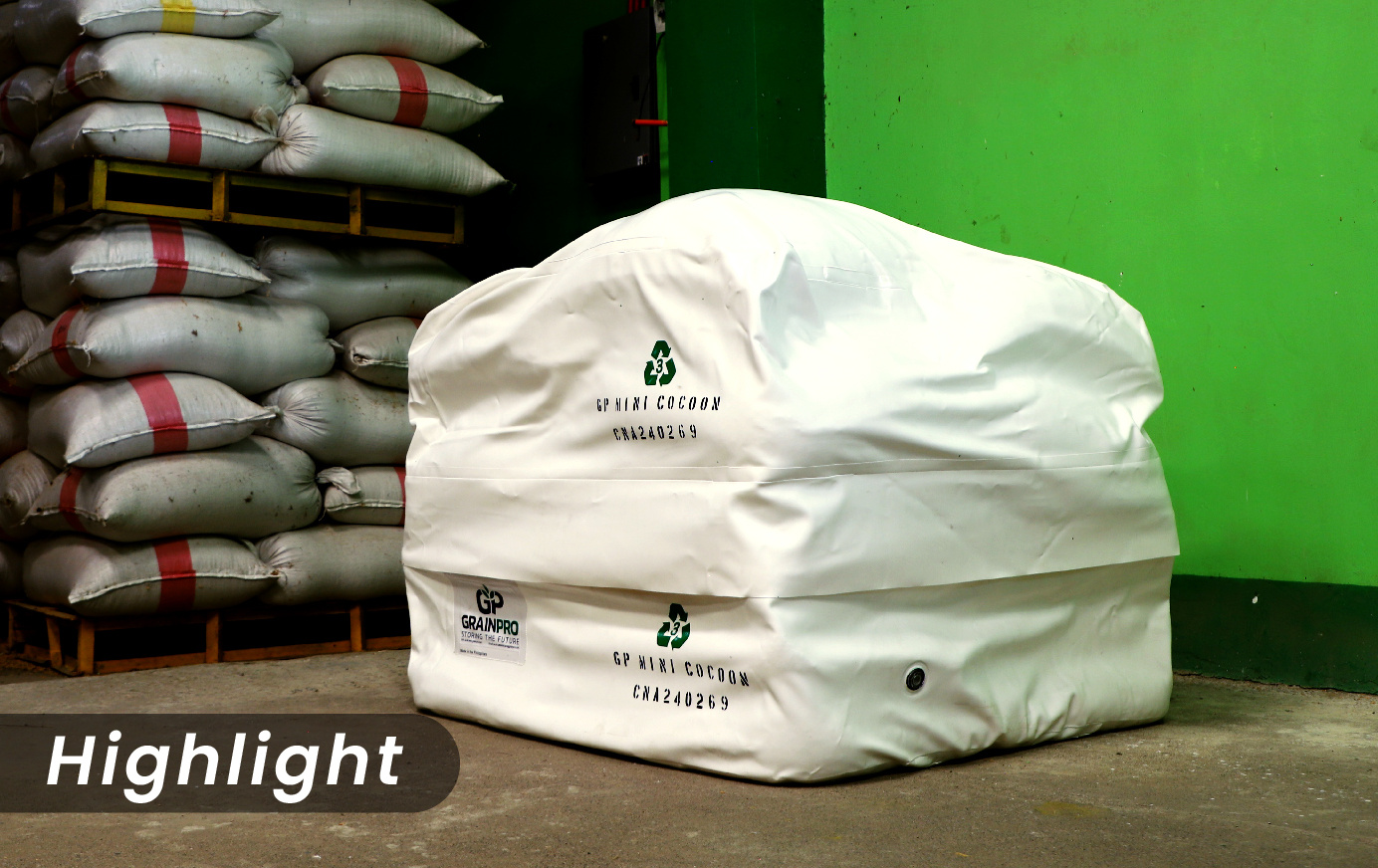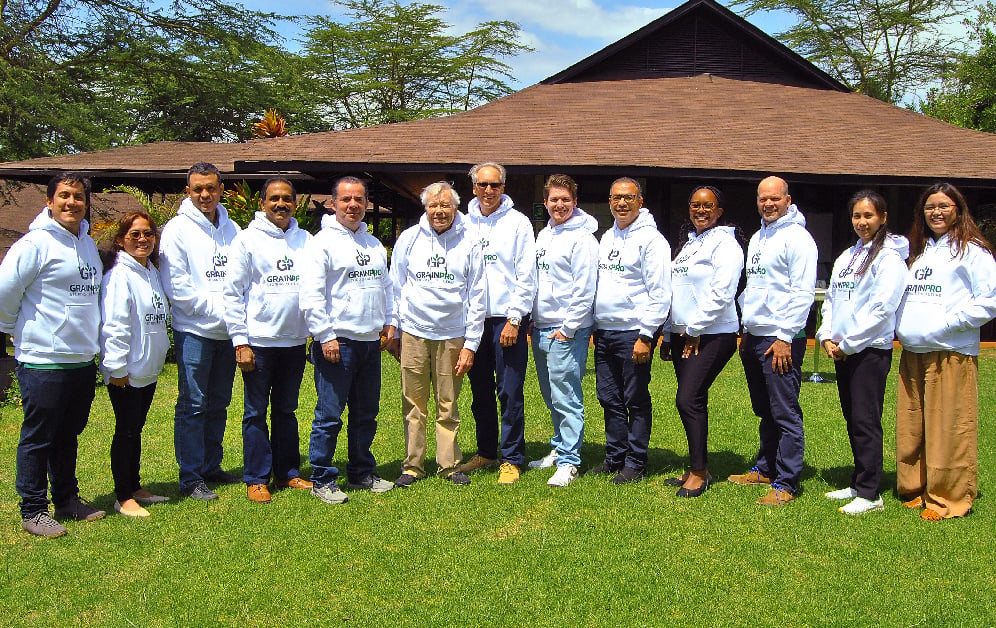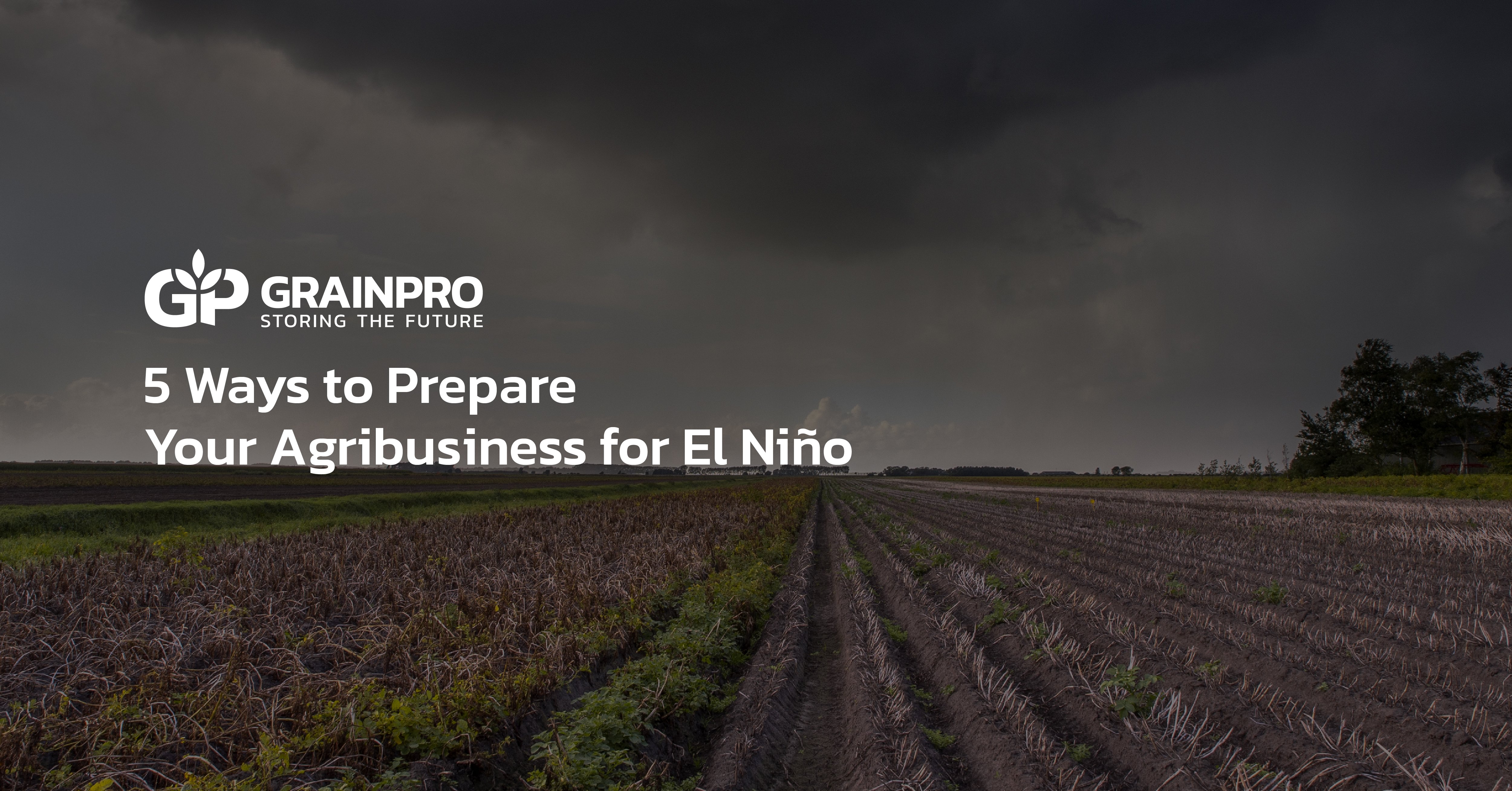Amidst the ongoing challenges posed by climate change and global warming, and shortly after the end of the three-year La Niña period, the National Oceanic and Atmospheric Administration (NOAA) officially declared the onset of El Niño in a June report.
El Niño is a natural weather phenomenon that occurs when the water from the central and eastern equatorial parts of the Pacific rises to above-than-average sea surface temperatures, altering the weather and temperatures in different regions.
Depending on the intensity and duration of this phenomenon, and your location, these changes in weather patterns can have beneficial and adverse effects, especially for local agricultural sectors.
Positive Effects of El Niño
In some drought-prone areas, the increased rainfall brought by El Niño can have positive effects because it can help communities replenish their water supplies and allow farmers to cultivate and grow their crops. El Niño can also extend the growing season in some areas due to milder temperatures and longer summers. Farmers can then take advantage of this to boost their yields and incomes.
Adverse Effects of El Niño
While it can have some positive effects in certain regions, it can also give rise to extreme weather conditions characterized by reduced or excessive rainfall.
The amount of rainfall plays a crucial role in agriculture and can impact crop growth and overall productivity. Reduced rainfall can result in drought conditions and lead to water scarcity and lower crop yields. On the other hand, excessive rain can saturate planting areas and cause flooding, damaging crops and disrupting farming operations. In addition, El Niño can also create favorable conditions for pests and diseases to thrive due to warmer temperatures and higher humidity levels.
What does this mean for farmers and agribusinesses?
Since the agricultural industry relies heavily on stable weather conditions, any changes in these patterns can have a significant impact. These changes can disrupt operations, bring additional expenses, and affect the quality and volume of crop yields.
Moreover, previous El Niño events have presented immense challenges and disruptions that resulted in reduced yields, higher prices, and substantial financial losses.
Read: El Niño: What It Means to Agriculture
Considering the potential consequences of El Niño on agriculture, farmers and agribusinesses must prepare and take proactive measures to mitigate its impacts and achieve climate resilience. Here are some steps you can take:
Read: Why We Need Climate-smart Agriculture
GrainPro’s climate-smart solutions in action
Throughout the post-harvest process — drying, transport, and storage steps, GrainPro solutions have consistently aided farmers and traders in mitigating losses while effectively preserving commodity quality and quantity.
In Mexico, the hot and humid environments provide ideal conditions for the growth of molds and fungi, as well as the proliferation of pests and insects. These factors can damage commodities and lead to spoilage and loss of harvest. To address this, a Mexican businessman found success in using air- and moisture-tight hermetic bags to preserve the quality of his corn for long periods without using chemicals. Witnessing the difference that this storage solution can make, he now recommends this bag to all who take his in-person and online classes.
In areas prone to typhoons and flooding like the Philippines, the use of GrainPro® Bubble Dryer™ has proven to be a valuable solution for farmers. This simple and easy-to-use drying solution made it convenient for farmers to dry their commodities even during the wet season. Moreover, using these Bubble Dryers has allowed them to maintain the quality of their harvested rice, thereby increasing their chances of selling it at a more favorable price.
Read: Hope for Smallholder Farmers in Adapting Climate-smart Agriculture
While preparing for El Niño might require additional steps, it is essential in safeguarding crops and reducing post-harvest losses. By implementing climate-smart solutions, you can enhance the resilience of your operations and withstand unpredictable weather conditions without compromising the quality of your hard-earned crops.
To learn more about these climate-smart solutions, click below.
Date Published: October 1, 2024





